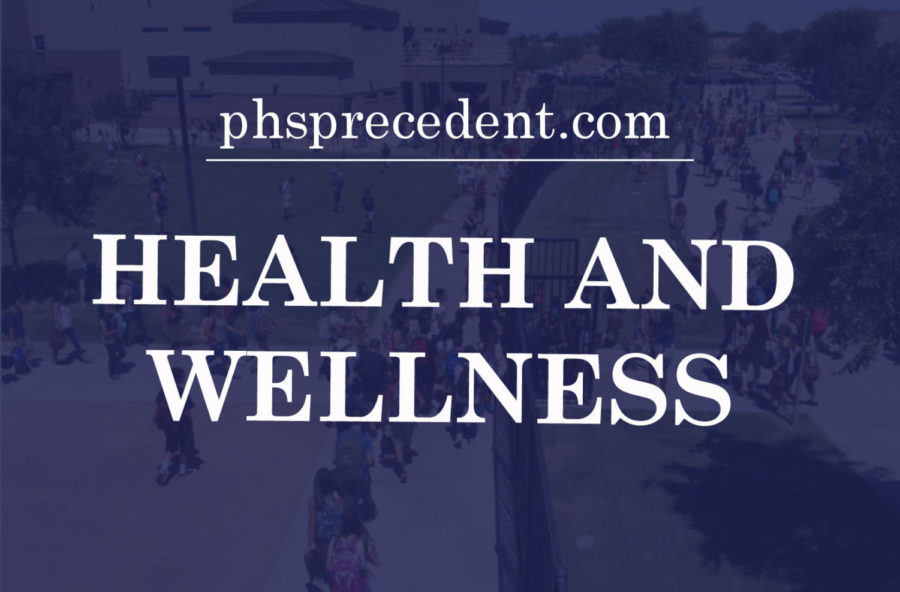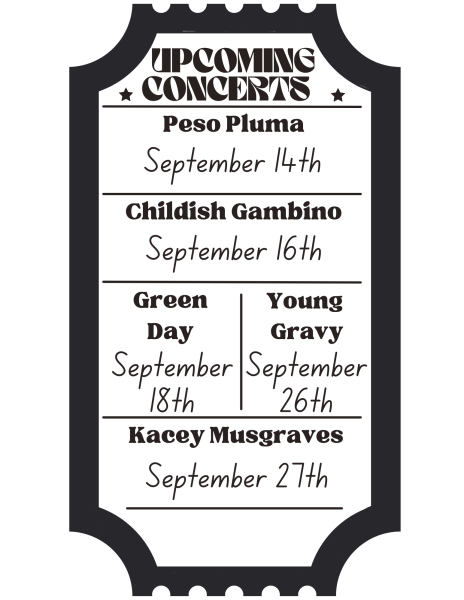HEALTH AND WELLNESS: Energy Drinks
The growing trend with energy drinks has raised the question of what is healthy and what is not. With big name brand companies such as Monster, Red Bull, and Bang entering more and more high schools, the number one consumer of these stimulants are eighteen to thirty-four-year olds and one third of teens between twelve to seventeen years drink them on a regular basis. With the idea that these energy drinks increase energy and enhance mental alertness, the general teenager thinks that these beverages will improve their sleep schedule. Many of these individuals do not realize the health hazards repercussions that comes from too much consumption.
There are two types of energy beverages, such as the original kind, that is usually in a 16-oz soda can that holds between 70 to 240 mg of caffeine, and the other type, which is an energy shot that holds about 113 to 200 mg of caffeine. To compare, a regular 12-oz soda can hold about 35mg of caffeine as a cup of coffee holds up to 100 mg of caffeine. The ratio of caffeine is significantly high that people need to be aware of.
“I’m not an advocate of energy drinks and those energy drinks are targeted to kids who should not be drinking this unhealthy stimulant,” weight teacher Joelyn Boone states. Studies have shown that the growing bodies of teenagers and kids can be seriously harmed when consuming these energy drinks.
With the rise in energy drinks being prevalent around the halls of high schools, the only benefits to these drinks is that the chemicals included in the drink have shown that it increases physical endurance, but is worth noting that it has yet to show the enhancement in physical strength that some may say it does. Some energy drinks are marked as a beverage as others are marked as a dietary supplement. The amount of caffeine in a product determines how safe the drink is to your body.The energy drink fad has proven that some good comes from these drinks and they are demonstrated to create a better alertness in people which means as a community, they have been looking for a way to decrease the dangers of the energy drink rather than completely eliminating them.
The article “Energy drinks” from the National Institute of Health states, “Excessive energy drink consumption may disrupt teens’ sleep patterns and may be associated with increased risk-taking behavior”. Rather than these energy drinks creating a suitable sleeping schedule, it has been an alarming interruption in retaining a healthy amount of sleep.
Boone states, “Energy drinks races your heart rate and can cause serious damage right before a workout because the work out already increases your heart rate” The dangers of drinking an artificial stimulant include abdominal pain, chest pains, insomnia, and many more. This type of drink has not been FDA approved meaning that the Food and Drug Administration has not tested this for violations to people’s health.
These types of drinks are not always consistent with an informative nutrition facts label, starting with having bright and fun labels advertising to young adults and the zero calorie idea misleading the youth. Isagenix nutritionist, Taylor Malham states “many energy drinks can be filled with large doses of synthetic caffeine, sugars, artificial ingredients, sweeteners, colors, and flavors.” In the end, energy drinks keep alertness at a high but come with some harmful side effects.

Holy cow this is Presley's third time writing a description for herself; however, this year she is the managing editor (not a staff reporter)! After working...




